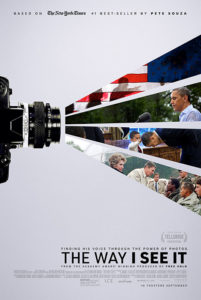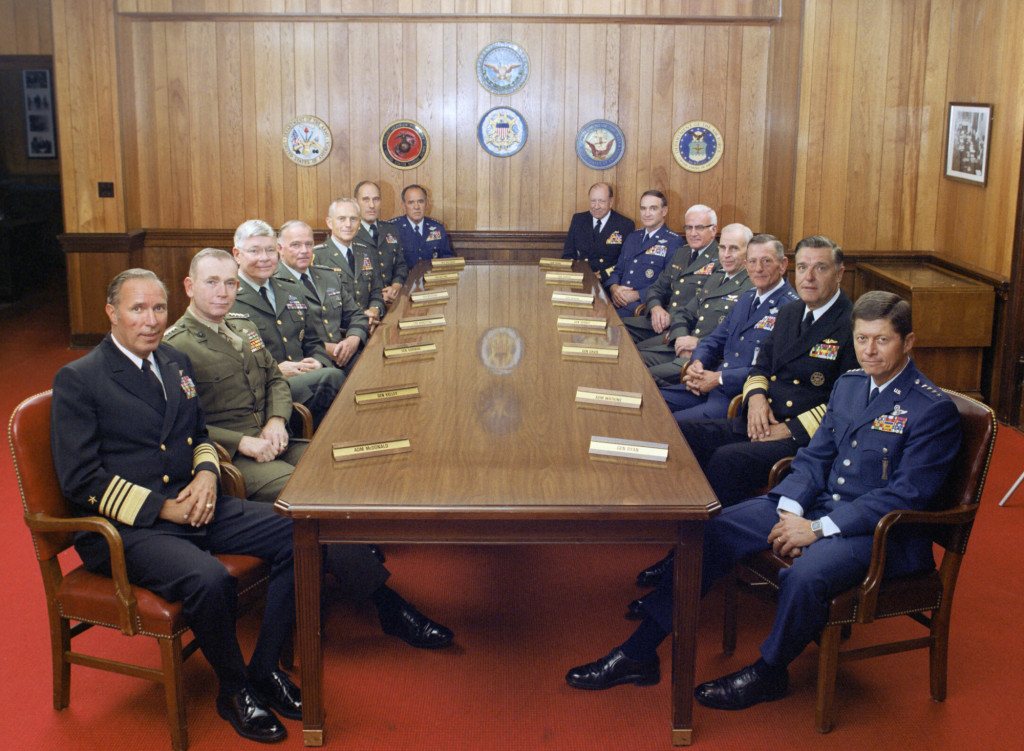Review by David Baldwin

In 1964, a cocktail waitress named Carol Doda made history as the first topless dancer in America — or more specifically at the Condor Club bar in the North Beach section of San Francisco. She set off an immediate media frenzy, attracting positive and negative attention to the club where she danced atop a white piano that descended from the ceiling. Her fight to entertain the way she wanted influenced many, as did her silicone enhanced breasts that propelled and created an entire industry.
Co-Directors Marlo McKenzie and Jonathan Parker take on Doda’s story and everything that comes with it in the not-so subtly titled Carol Doda Topless at the Condor. The documentary is a loving ode to the 1960s sex positive icon and revolutionary, and features candid footage from her legendary performances, along with talking head interviews discussing not only her legacy, but the legacy of the bar scene in North Beach as well. They get into some pretty salacious, warts and all details about Doda and the people revolving around her, including memories and rumours involving a death involving the white piano that was such an integral part of Doda’s act.
Continue Reading



